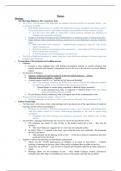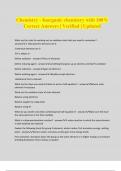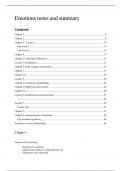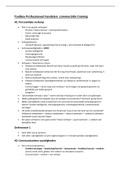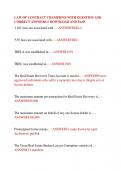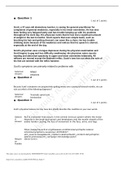Summary
Summary The Merchant's Tales - Chaucer - Themes Notes A-Level English Literature OCR
- Module
- Drama and poetry pre-1900
- Institution
- OCR
The Merchant's Tales - Chaucer - Themes Notes A-Level English Literature OCR. Includes context (50% of the entire marks), scholars quotes, analysis etc Themes include: - Marriage - Love and Relationships - Deception/Betrayal - Women - Lust - Class - Religion - Sin - Greed/Possession - ...
[Show more]
